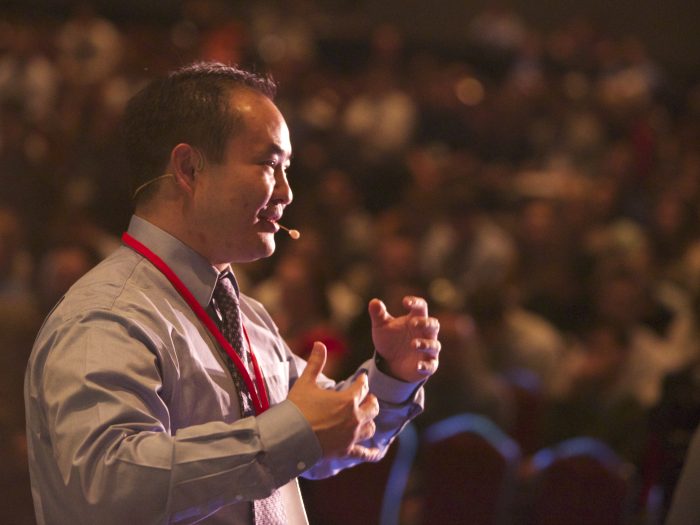#1 VA Mistake and How to Avoid It
There is a lot of vandalism of our assets by well-meaning VAs. Most of you don’t realize that when you post a piece of content under my name or the client’s name, you are representing that person. Imagine taking the microphone away from Rihanna while she’s singing on stage, but you don’t know how to […]
#1 VA Mistake and How to Avoid It Read More »


